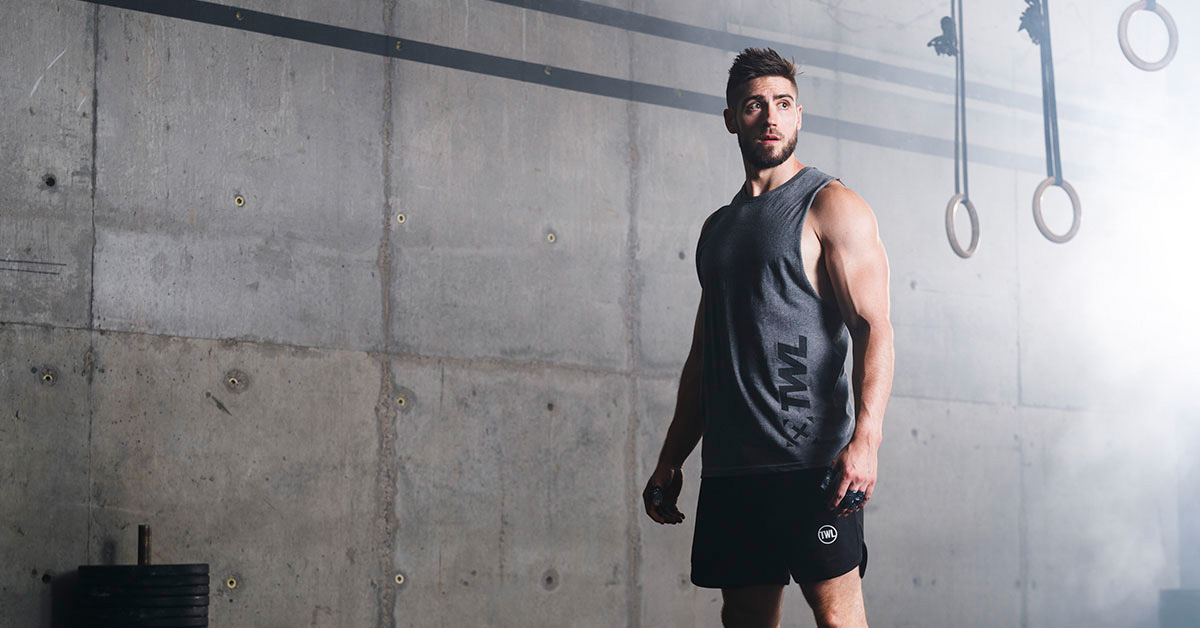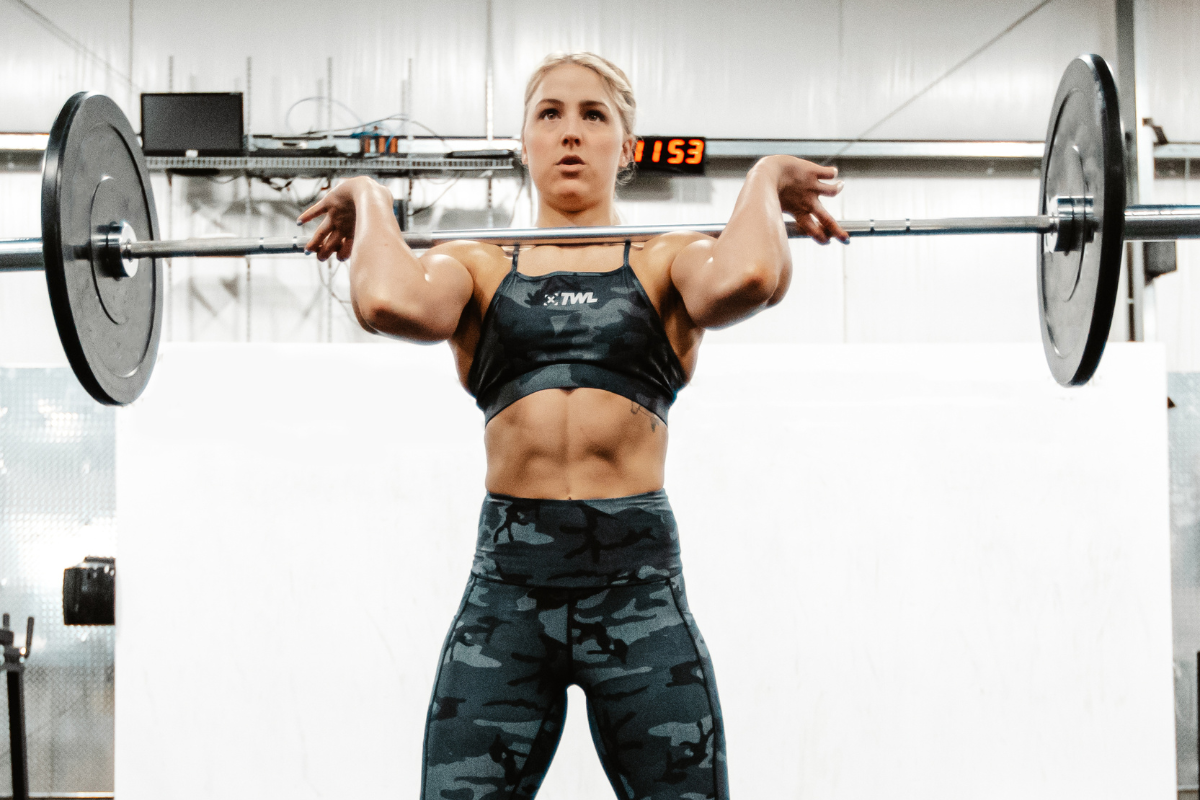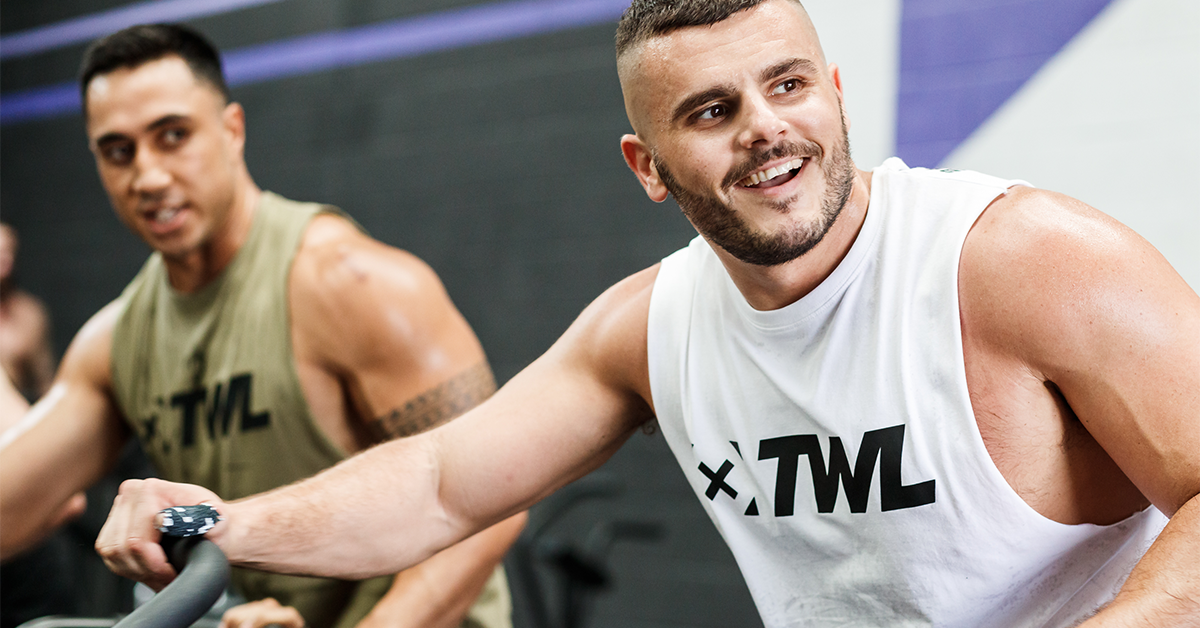Many WODs require you to go for as long as possible or to do as many reps as possible. It might be tempting to go hard while you’re still fresh, but most athletes only begin to realize the importance of rest when they are burning out toward the end.
Rest is important, especially when done strategically. It allows you to get yourself ready for the next movement. It’s key to getting the most out of every workout. Getting too much rest is also detrimental. Here are some ways you can be more efficient with your rest.
1. Stay in the Zone
Stay where you are or just take a step or two back. You don’t need to go to the water fountain (it’s good to have a water bottle nearby) and your hands are probably chalked enough. Keep an eye on the bar or whatever equipment you are using at the time. It reminds your body you still have some work to do and you should hustle through it quick.
By staying close, you also avoid resting too long because you had to walk back.
2. Keep Your Rest Short
A lot of people take far longer breaks than they need to. That, or the time they take to rest is inconsistent. This ruins your momentum, your rhythm and how you go on with the rest of the WOD.
The best way to go about it is to keep a mental rest clock running. Decide on how long you need to rest before you drop the bar and start counting. It’s good to keep an eye on the clock for this. Calculate your “go” time and before the end of your countdown, put your hands back on the equipment and tell your body that it’s time to start moving.
Try to keep it consistent but feel free to take “roll over” seconds. If it was too short, then rest longer in your next break. If it was too long, then rest less in the next one. When the finish line is close, however, try not to take breaks and go as hard as you can for as many reps as possible.
3. Use Transitions to Rest
Walk from one station to another. Relax before starting the next movement. Don’t rush it. It’s one of the only times you can calm your breathing and compose yourself. By allowing yourself to take this as a rest period, you have more chances to put in more reps of the next movement. Rushing will only make you fatigued and compromise your performance.
4. Know When and How to Break Up Your Reps
When your workout is structured with movements that blend or transition into each other smoothly, you need to break up your sets in a way that allows you to go straight into the next movement.
For example, rather than doing sets of eight and seven, you can do sets of nine and six. This way, you can take longer breaks in between and jump straight into the second movement with that energy.
5. Identify Movements Where You Can Rest
It’s not actual rest, but everyone has movements they can do with relative ease. It’s a movement that is your “thing.” When it comes up in a workout, take it as an opportunity to rest. Your body is not as tired even when you complete it quickly because it does not take too much effort for you. Identify these movements and use them to compose yourself for the next.
Aside from this, it is also important to identify which movements take more time to restart. Some movements are easy to stop and start while others take longer. For these movements, you can opt not to let go of the equipment you are using as you rest. Another option is to go unbroken for as long as you can when doing these movements. This is so that you will take less time resting, from having to get ready to move again, and more time moving.
Rest is important to optimize every WOD. Learn to strategize how you approach each one to get the most of it. Remember that doing it right is better than doing it fast. Unless the WOD is designed to be done fast, going long is more important than going hard.
Main image: Andrea Ager/Facebook

















